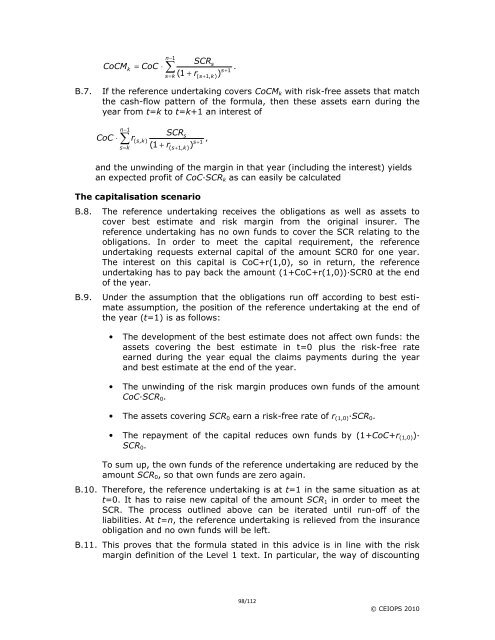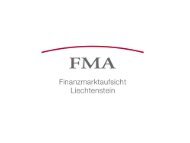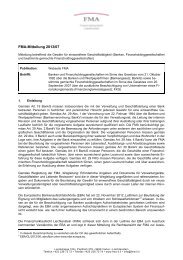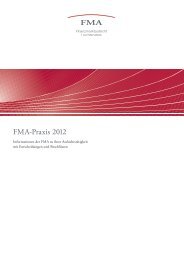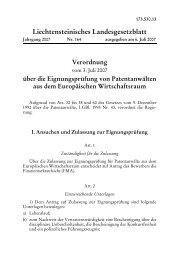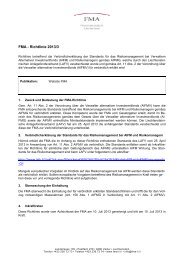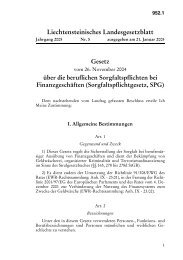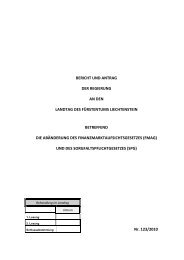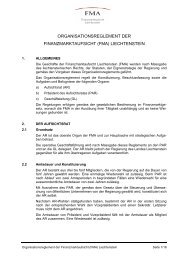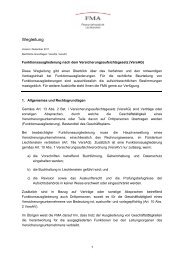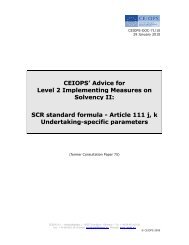CEIOPS' Advice for Level 2 Implementing ... - EIOPA - Europa
CEIOPS' Advice for Level 2 Implementing ... - EIOPA - Europa
CEIOPS' Advice for Level 2 Implementing ... - EIOPA - Europa
Create successful ePaper yourself
Turn your PDF publications into a flip-book with our unique Google optimized e-Paper software.
∑ − n 1<br />
s=<br />
k<br />
SCR<br />
CoCM k = CoC ⋅<br />
.<br />
( 1 + r<br />
s<br />
s+<br />
1<br />
( s+<br />
1,<br />
k)<br />
)<br />
B.7. If the reference undertaking covers CoCMk with risk-free assets that match<br />
the cash-flow pattern of the <strong>for</strong>mula, then these assets earn during the<br />
year from t=k to t=k+1 an interest of<br />
∑ − n 1<br />
s=<br />
k<br />
SCR<br />
CoC ⋅ r(<br />
s,<br />
k)<br />
,<br />
( 1 + r<br />
s<br />
s+<br />
1<br />
( s+<br />
1,<br />
k)<br />
)<br />
and the unwinding of the margin in that year (including the interest) yields<br />
an expected profit of CoC·SCRk as can easily be calculated<br />
The capitalisation scenario<br />
B.8. The reference undertaking receives the obligations as well as assets to<br />
cover best estimate and risk margin from the original insurer. The<br />
reference undertaking has no own funds to cover the SCR relating to the<br />
obligations. In order to meet the capital requirement, the reference<br />
undertaking requests external capital of the amount SCR0 <strong>for</strong> one year.<br />
The interest on this capital is CoC+r(1,0), so in return, the reference<br />
undertaking has to pay back the amount (1+CoC+r(1,0))·SCR0 at the end<br />
of the year.<br />
B.9. Under the assumption that the obligations run off according to best estimate<br />
assumption, the position of the reference undertaking at the end of<br />
the year (t=1) is as follows:<br />
• The development of the best estimate does not affect own funds: the<br />
assets covering the best estimate in t=0 plus the risk-free rate<br />
earned during the year equal the claims payments during the year<br />
and best estimate at the end of the year.<br />
• The unwinding of the risk margin produces own funds of the amount<br />
CoC·SCR0.<br />
• The assets covering SCR0 earn a risk-free rate of r(1,0)·SCR0.<br />
• The repayment of the capital reduces own funds by (1+CoC+r(1,0))·<br />
SCR0.<br />
To sum up, the own funds of the reference undertaking are reduced by the<br />
amount SCR0, so that own funds are zero again.<br />
B.10. There<strong>for</strong>e, the reference undertaking is at t=1 in the same situation as at<br />
t=0. It has to raise new capital of the amount SCR1 in order to meet the<br />
SCR. The process outlined above can be iterated until run-off of the<br />
liabilities. At t=n, the reference undertaking is relieved from the insurance<br />
obligation and no own funds will be left.<br />
B.11. This proves that the <strong>for</strong>mula stated in this advice is in line with the risk<br />
margin definition of the <strong>Level</strong> 1 text. In particular, the way of discounting<br />
98/112<br />
© CEIOPS 2010


